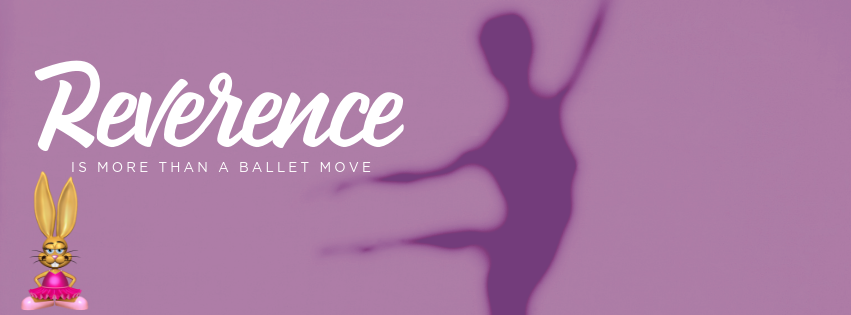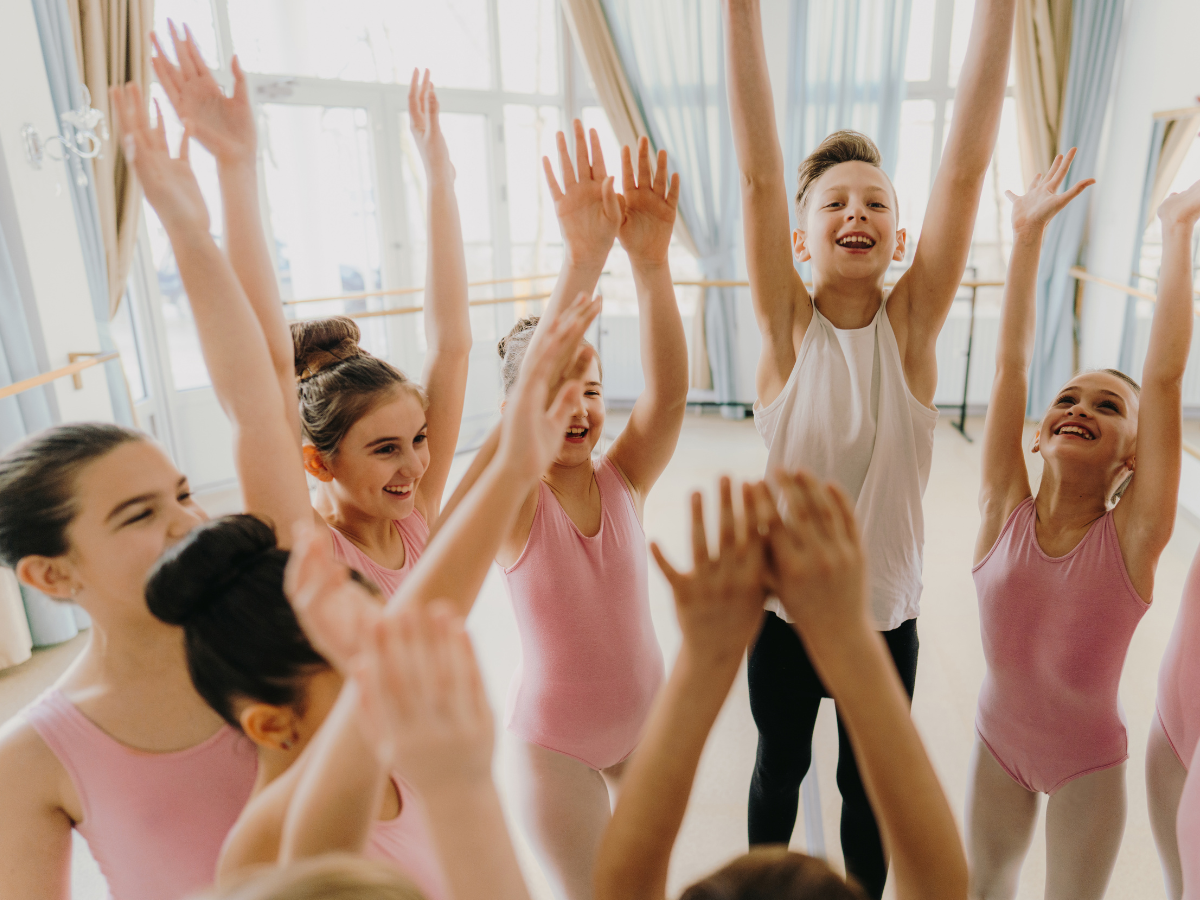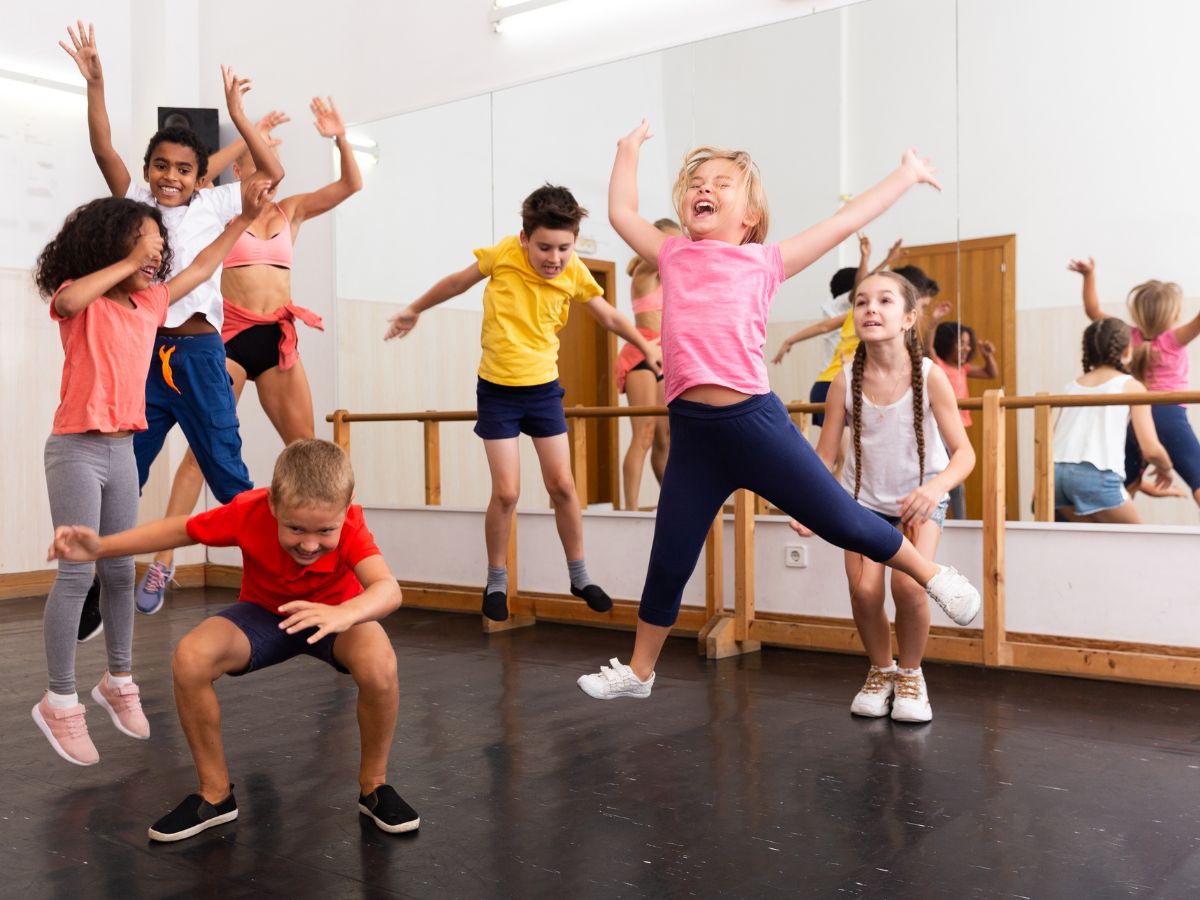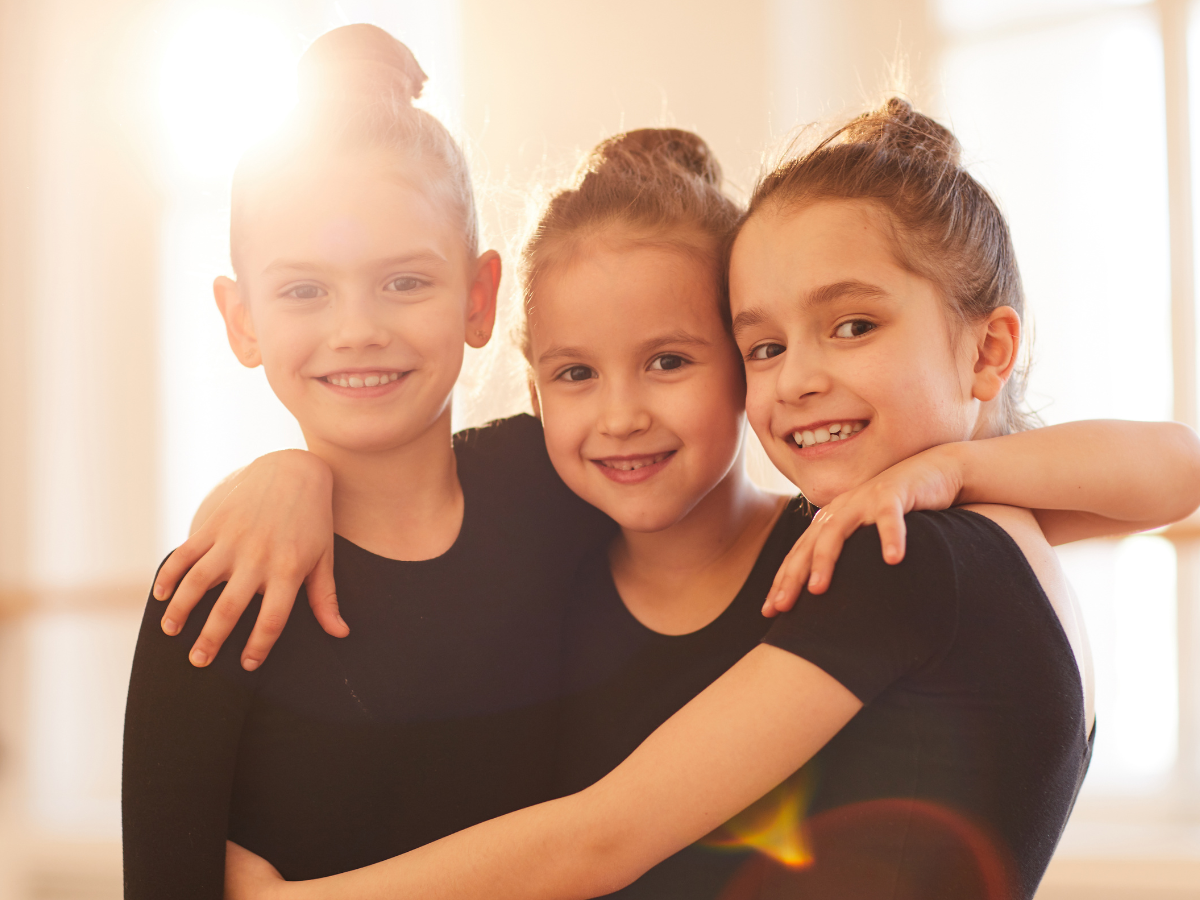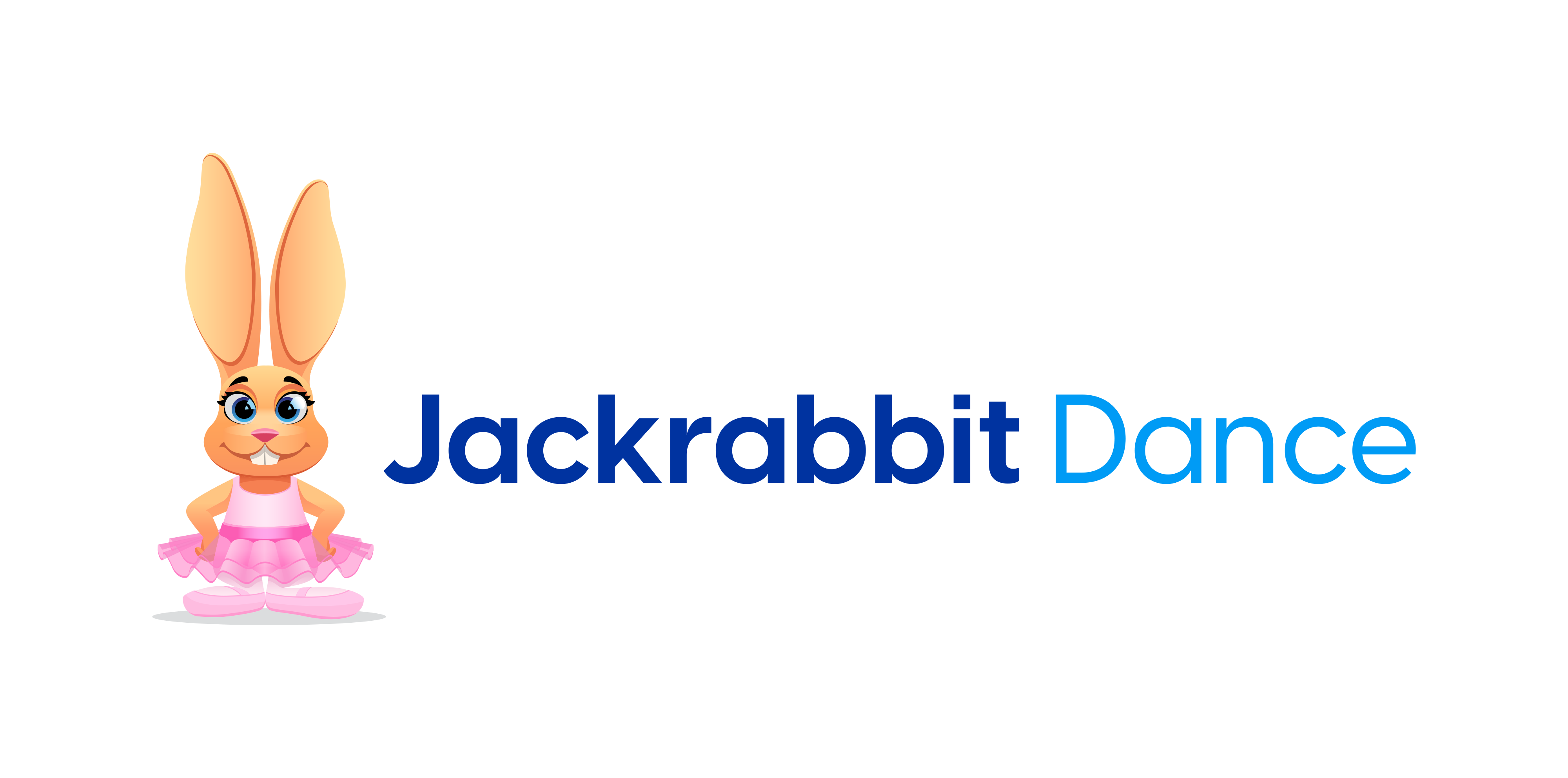Ballet dancers are likely to have heard of reverence and know what it is.
Reverence (ray-vay-rahnss), in general, is a French word that refers to paying respect to something or someone in authority (such as a teacher) by performing an act of reverence.
There are 4 classical and contemporary acts of reverence that include:
- Traditional curtsy or bow in ballet.
- Goodbye circle where younger dancers hold hands in a circle to curtsy or bow and applaud for the class.
- Tap break where a signature rhythm is created for students to execute at the end of class. After the rhythm students clap their hands and say “break.”
- Take a bow where contemporary classes (jazz, hip-hop, etc.) demonstrate a gesture of respect whether a bow or a fun, whimsical movement and signal the end of class with applause.
Reverence is also a mentality which can be built by performing any of the acts of reverence noted above.
Ritualistic Behavior
Whether showing respect for a teacher or accompanist, fellow students, an audience or a person you’ve just met, reverence is a ritual. We’re compelled to behave that way because of social customs that have been ingrained over time.
The ritual performed in the classic sense is a curtsy for women and bow for men. The ports de bras – an exercise designed to develop graceful movement and disposition of the arms – may also be used as a move of reverence.
Variations on Reverence
There are variations of this ritual that can take on many expressions.
The simple bow, repeated class after class, or any number of port de bras and steps that create a series and can actually be just one more way to practice the moves before the class wraps up. An especially dramatic (deeper) curtsy or bow is known as a grande reverence.
Reverence may include clapping and can be incorporated into a dance routine. Any of these forms of expression may be used to pay reverence to your dance partner or the other dancers in the class or group.
In more genteel times, decorum demanded that gentlemen bowed when they met ladies. They tipped their hats if simply passing by. Today, some who practice social graces still give a node of the head. The layman also shows reverence to their supreme being in religious settings by bowing the head and closing the eyes in prayer.
Hand-clapping at the end of a performance by the audience is also a form of reverence that show their appreciation for the performance they were just given.
A Little History
The very first records of dancing are found in India and Egypt in c. 3300 BC, but it would be far-fetched, even inaccurate, to say that Indians or Egyptians invented dancing.
Ballet began around 1500 in Italy. Terms like “ballet” and “ball” stem from the Italian word “ballare,” which means “to dance.” When Catherine de Medici of Italy married the French King Henry II, she introduced early dance styles into court life in France.
Modern contemporary dance originally starting as a reaction against the strict rules and regulations of ballet. It began in the late 19th century with artists like Isadora Duncan and Ruth St Denis, and later Ted Shawn, Martha Graham and Doris Humphrey.
More than Moves
Reverence is not only a move or series of movements in ballet, but a culture, a mentality. The discipline and difficulty of ballet moves teach the student a distinct respect for their bodies, as they learn the moves, and their fellow students who are also mastering the moves. So, yes, reverence is taught.
Ballet dancers hold the style and the emotion of their dance in high esteem and show reverence for it by doing their best at achieving every element of their performance.
Ballet dancers are known for being committed and disciplined. Ballet dancers have a sense of musicality, such as in rhythm, that accompanies the creativity that they need to perform well.
Another necessary physical characteristic for dancers is balance, which is required for them to remain in symmetrical form, coordinated and staying in rhythm as they dance.
There are 10 attributes a ballet dancers should have:
- Patience
- Dedication
- Perseverance
- Humility
- Confidence
- Endurance
- Spatial Awareness
- Self-Awareness
- Creativity
- Passion
This is who ballet dancers are. They are the people who strive for all these things and in doing so, enables them to develop a mentality of reverence.
